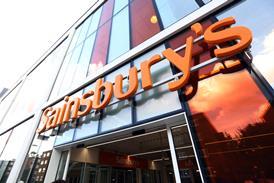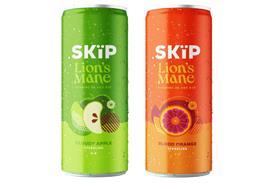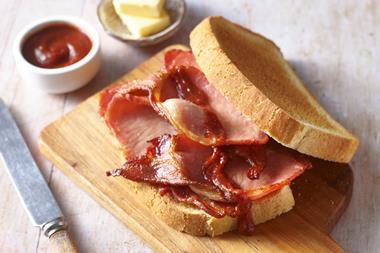The government is to re-ignite one of the food and drink industry’s biggest controversies by urging retailers and manufacturers to ditch rival schemes and adopt a common system for front-of-pack nutrition labelling.
The Department of Health, urged on by the health lobby, claims the myriad different systems in the UK cause public confusion and contribute towards the obesity crisis. It will start a three-month consultation on the plans next week.
However, the move has been blasted by food suppliers as “demonising” foods and pitting the traffic light-based system against rival GDA schemes used by the vast majority of suppliers and the UK’s biggest retailer, Tesco.
A Whitehall source also said that if an industry agreement could be reached, it could go on to form the next big phase of Andrew Lansley’s Responsibility Deal. “It could easily turn into a pledge,” she said. “It’s too important not to do anything.”
However, getting retailers to agree to a universal scheme will be a tough challenge because each supermarket champions its own approach.
“The majority of retailers have been using their labelling systems for a long time and they have data that shows their consumers understand and make choices based on them,” said Andrea Martinez-Inchausti, assistant director of food policy at the BRC. “The cost would be huge and retailers will think there are better things to spend money on.”
Asda said it was “wedded” to its approach, a hybrid using traffic lights and % GDAs, as recommended by the FSA before its powers passed to the DoH.
Waitrose said it was committed to “clear and consistent labelling”, while Sainsbury’s, which uses the colour-based ‘health wheel’ backed traffic lights, adding: “It’s not a question of ‘either/or’ - our traffic lights are based on GDAs and we continue to display colour-coded GDA information on backs of packs.”
A Tesco spokeswoman added: “Tesco has led the way in providing clear, simple and consistent information for customers about the content of our food.”
The FDF claimed traffic light systems indicating products high, medium or low in sugar, fat and salt, were “misleading” as they failed to take portion sizes into account. “Adding a further level of complexity by overlaying colours may not serve to simplify them at all,” it added.
The government is also believed to be considering creating a new healthy eating logo to use on the front of packs to signify if a product is a ‘healthy option’. This is likely to be controversial, with some claiming it could merely add another layer of confusion.
Timeline: the traffic light debate
2006: The FSA presses the button on plans for traffic lights, saying it is the simplest system for consumers to understand. Several retailers follow suit but others, including Tesco, reject the plan.
2010: The FSA board updates its advice, calling for a hybrid system, which includes red, amber and green lights and guideline daily amounts.
2011: Much-delayed EU ruling on food labelling leaves it down to individual governments to develop their own front-of-pack systems, a move welcomed by retailers and manufacturers.
2012: DH consult on plans for a single front-of-pack system.

















No comments yet